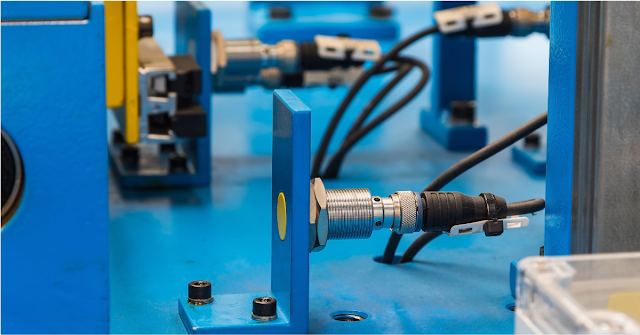In the world of industrial automation and instrumentation, accurate temperature measurement is critical. Two of the most widely used temperature sensors are RTDs (Resistance Temperature Detectors) and Thermocouples. While they both measure temperature, they do so in different ways and have distinct advantages depending on the application. In this article, we’ll compare RTDs vs Thermocouples to help you choose the right sensor for your needs.
What is an RTD?
An RTD is a temperature sensor that measures temperature based on the change in electrical resistance of a metal (typically platinum). RTDs are known for their high accuracy, repeatability, and long-term stability. The most common type is the Pt100, which has a resistance of 100 ohms at 0°C.
Key Features of RTDs:
-
High accuracy (±0.1°C typical)
-
Stable over time
-
Narrow temperature range (-200°C to +600°C)
-
More expensive
What is a Thermocouple?
A Thermocouple is made of two dissimilar metals joined at one end. When the junction experiences a change in temperature, it produces a small voltage that correlates to temperature. Thermocouples are popular for their wide temperature range and ruggedness, making them suitable for harsh environments.
Key Features of Thermocouples:
-
Wide temperature range (-200°C to +1700°C depending on type)
-
Durable and inexpensive
-
Lower accuracy than RTDs (±1°C or more)
-
Requires cold junction compensation
When to Use RTDs
Choose RTDs when:
-
You need precise and stable temperature readings.
-
The temperature range is within -200°C to 600°C.
-
The environment is not excessively harsh or vibrating
Conclusion
Both RTDs and Thermocouples serve essential roles in
temperature sensing across industries. The right choice depends on your
specific application, accuracy needs, and budget. By understanding the
key differences, you can select the best sensor to ensure reliable and
efficient system performance.







0 Comments